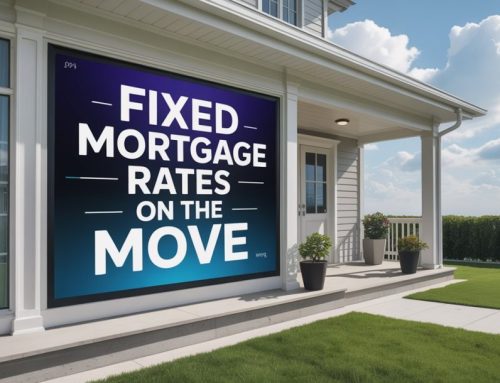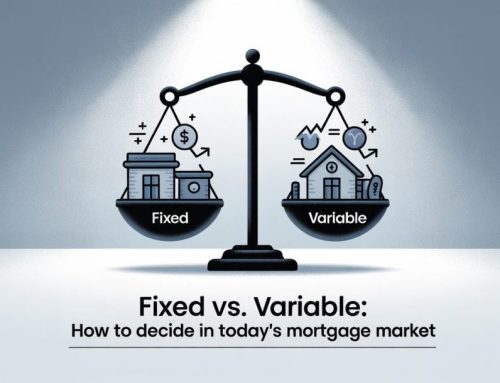Fixed mortgage rates have been trickling downward since the spring, however this trend has now reversed sharply. Fixed mortgage rates are largely influenced by bond yields, which have been steadily increasing since the beginning of September. In the past week alone, they spiked from 0.855 to 1.112, representing an increase of roughly 30%. Pretty significant.
The last time the bond yields were this high was late February 2020. The lowest 5 year fixed rate at that time was 2.49%. The large upward spike means that fixed mortgage rates have to increase. Will they increase back up to 2.49%? If the yields remain at this level, then this is possible.
Mortgage lenders have now started increasing their 5 year fixed rates, with some increasing by as much as 0.35%. That’s a pretty significant jump for a single move. But then again, we’ve seen a pretty significant jump to bond yields, so this is expected.
Why Are Fixed Mortgage Rates Increasing?
The US Federal reserve announced last week that they are planning to begin tapering their quantitative easing programs and eliminate them by the middle of 2022. As this is earlier than expected, the financial markets reacted negatively, sending bond yields spiking in the opposite direction. As fixed rates are influenced by bond yields, mortgage lenders are now reacting with increases to 5 year fixed rates.
Will Fixed Mortgage Rates Continue To Rise?
Anything can happen here. I think it’s possible they could rise higher, especially once the US Fed eliminates their quantitative easing programs, however I would not expect anything too radical. There is still much uncertainty surrounding our economy and the pandemic, which should keep mortgage rates low for some time.
There are still 5 year fixed mortgage rates available from as low as 1.64% for an insured mortgage, however I would expect this rate to increase by the end of this week if not sooner. It’s still possible that some 5 year fixed rates will remain below 2% after this week, however I would expect most to be in the low 2% range.
Mortgage rates will vary, so it’s best to reach out to us at pmteam@citycan.com to find out the lowest mortgage rate that would apply for your situation.
Mortgage Rates Remain At Historical Lows
Even with these increases, 5 year fixed mortgage rates are still among the lowest rates in history. Prior to summer of 2020, the lowest 5 year fixed rate offered was 2.14%. It took a pandemic to drive them down below 2%.
How Does This Affect Variable Rate Mortgages?
There have been no changes to variable rate mortgages, nor are any expected in the near future. Lender discounts off prime rate still remain at record high levels, ranging from prime -1.40% (1.05%) to prime -1.15% (1.30%) for most situations. As fixed mortgage rates are increasing, the spread between fixed and variable will widen further, which will make variable rate mortgages even more attractive.
The Bank of Canada is not expecting to increase their overnight rate until sometime in the later half of 2022, however I would not be surprised if they pushed that prediction back to 2023. Their move will be highly dependent on when the US moves their rate. If the BOC were to move ahead of the US, then this would negatively impact Canadian exports, and in turn, negatively impact our economy. As US exports play a large role in the BOC’s economic recovery plan, they will be highly resistant to moving their rate ahead of the US.
Conclusion
There are still some mortgage lenders who have not yet increased their fixed rates, however it’s just a matter of time. If you have a purchase closing, or mortgage coming up for renewal in the next 120 days, I would highly recommend getting an application in as soon as possible. I expect all mortgage lenders to have increased their fixed rates by the end of this week if not sooner.







